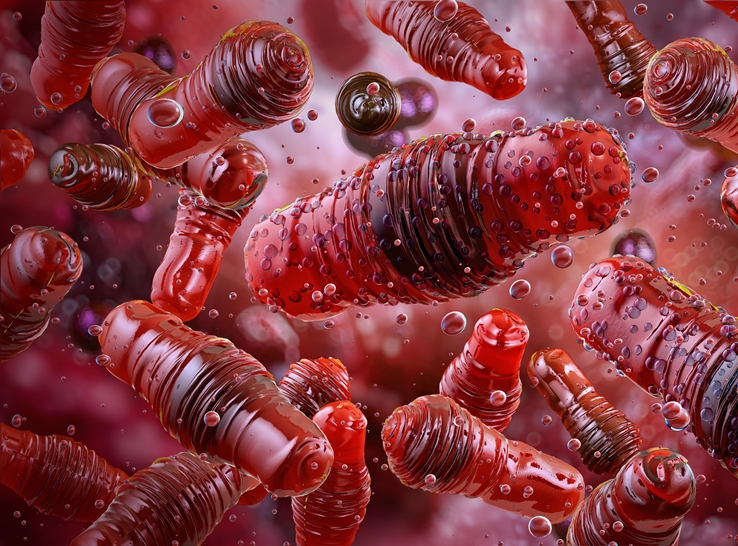Decreasing stress and paying close attention to management details can control the spread of inclusion body hepatitis (IBH), said Brandon Armwood, DVM, MAM, DACPV, Pilgrim’s poultry veterinarian, at the 2024 Delmarva Chicken Association’s 59th National Meeting on Poultry Health, Processing and Live Production.
Pilgrim’s experienced company-wide mortality from IBH beginning in 2021. Armwood discovered multiple issues contributing to Pilgrim’s IBH problem, highlighting them in his presentation as a cautionary tale.
Armwood started at the beginning, going through the complexes and Pilgrim’s protocols and management of eggs, chicks and broilers with a fine-tooth comb. He looked at the following factors:
- Vaccinations
- Sanitation and management issues
- Chick quality
- Stressors
- Feed availability
- Water quality
Vaccinations
Armwood first examined vaccinations and vaccination protocols.
Ideally, an autogenous vaccine specific for each complex would be used. However, Armwood explained, developing an autogenous vaccine would require 6 to 9 months.
Thus, he focused on titer results and audited the vaccine process within Pilgrim’s complexes. Although most complexes were using two live vaccines, titers revealed that the supposed vaccinated birds were vaccine-naïve. This observation led Armwood to examine vaccine storage, handling and delivery.
After that examination, Pilgrim’s switched from residential refrigerators to life-grade refrigerators that constantly monitor temperature to ensure proper storage. Next, they implemented audits and new trainings on vaccine administration.
These adjustments ensured vaccines were not compromised by storage and handling and that the vaccines were correctly injected, giving the birds the best opportunity to mount an effective immune response to IBH.
Other contributing factors
Pilgrim’s also had a problem with Enterococcus but was unsure if there was a correlation between the bacteria and IBH. Armwood explained that simply cleaning dirty eggs was not sufficient. Therefore, measures were taken to improve sanitation of the egg pack, nest pad and egg belts, since any additional health issues would increase susceptibility to IBH.
The company also addressed hatchery sanitation by ensuring the tray-wash tents achieved 149˚ F (65˚ C) and workers followed sanitation procedures.
Most hatcheries thought they didn’t want to find bacteria when plating, but Armwood wanted to change that mindset. “Let’s find bacteria, do something about it and lock those actions down.”
Chick quality
Dehydrated newly hatched chicks, chicks that have open navels and those not maintained at optimal temperatures are at higher risk for disease, he stated.
“Any stressor these birds have will stress their immune system, making them more apt to succumb to disease.”
Armwood emphasized the importance of good chick care, problem recognition and early intervention.
Probiotics and vaccines for bronchitis that proved effective in each complex were used to bolster chicks’ immune systems. Additionally, Armwood paid close attention to vaccine handling and administration in Pilgrim’s hatcheries, prompting a revamp of the vaccination manual.
Broiler management
Moving from the hatcheries to broilers, Armwood examined feed, water, litter, lighting, air and sanitation protocols to ensure the birds were receiving proper care to support good health. In addition, he looked at density and downtime within the houses.
Bird comfort, feed availability and water quality are issues that have a large impact on health, Armwood believes. “I don’t think we focus on water quality, availability and sanitation enough,” Armwood said. “Bacteria love high-iron, high-manganese water.
“With this virus, downtime is your best friend. You really need both — correct stocking density and downtime — to combat this virus successfully,” Armwood noted.
Once the vertical viral shed was under control with autogenous vaccines, Pilgrim’s had some small successes with partial cleanout, windrowing and heat. However, full cleanout was the most effective, Armwood stated.
Take-home lessons
Because IBH has no treatment, prevention is the only avenue to combat the disease, Armwood said. His advice: “Control those things you can control.”
Proper management that emphasizes bird comfort, health and sanitation while limiting stressors is the way to beat IBH, he concluded.





